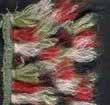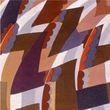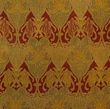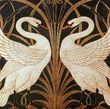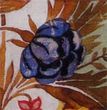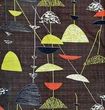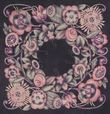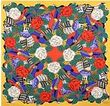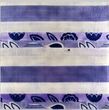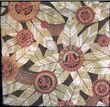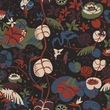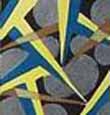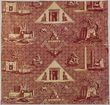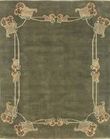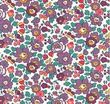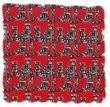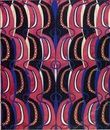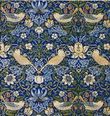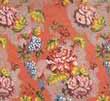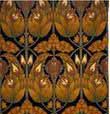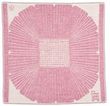Textile Designers
Designing textiles is almost as old as the textile itself. If the first primitive fabric was created strictly for utilitarian purposes, it appears that very soon after these came to have an esthetic value and a social meaning. There is almost no information available about textile designers prior to the 17th c. One reason is that in many cultures artists remained anonymous, not signing their work. The first books about textile design were published in the early 16th century; these were largely pattern books. Given the number of reissues, they had a notable success and contributed to the diffusion of styles and fashion throughout Europe. But the first book about textile designers themselves was not written until the early 18th c. by Joubert de l'Hiberderie.
Textile design became a profession per se with the industrialization of textile production. To be a textile designer means not only to be an artist but to have knowledge of the production process. This is one of the points emphasized by Joubert de l'Hiberderie in his book published in 1733. He suggested that student designers should start by spending a couple of years working in the workshop. Nevertheless many artists, some very famous, were commissioned by textile manufacturers and many textile designers were multi-talented people.
















































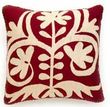


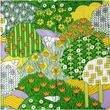

.jpg)

